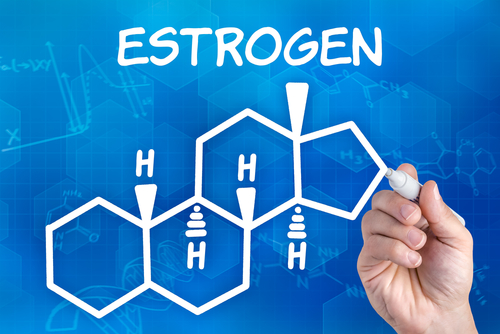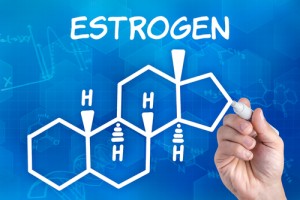Estrogen Levels May Contribute to Gender Disparity Among PAH Patients

 Pulmonary arterial hypertension (PAH) affects females more often than males. Since a major difference between females and males is their respective levels of estrogen production, estrogen is thought to play a role in PAH pathology. A group of researchers from the University of Glasgow and the Novartis Institutes of BioMedical Research tested this hypothesis and found that estrogen level may indeed be a contributing factor to the higher prevalence of PAH in females.
Pulmonary arterial hypertension (PAH) affects females more often than males. Since a major difference between females and males is their respective levels of estrogen production, estrogen is thought to play a role in PAH pathology. A group of researchers from the University of Glasgow and the Novartis Institutes of BioMedical Research tested this hypothesis and found that estrogen level may indeed be a contributing factor to the higher prevalence of PAH in females.
As reported in ATS Journals from the American Thoracic Society, the research team used two animal models of PAH: the hypoxic (oxygen-deprived) mouse and the Sugen 5416/hypoxic rat. By inhibiting the production of endogenous estrogen with the aromatase inhibitor anastrozole, the team saw a reduction in PAH in females, but not males, of both animals. Also, when an estrogen receptor antagonist was administered to hypoxic mice, the drug significantly reduced signs of PAH in females, but again not males.
[adrotate group=”4″]
To explain how anastrozole treatment was effective in attenuating signs of PAH, the team looked at the bone morphogenetic protein receptor-2 (BMPR-2) signaling pathway, which has been shown to be involved in PAH. BMPR-2 was deficient in the lungs of both female and male hypoxic mouse and rat lungs. Administration of anastrozole restored BMPR-2 in females, but not males, suggesting estrogen is involved in suppressed BMPR-2 signaling in females.
Applying their efforts to humans, the researchers looked at aromatase expression in the lungs of female and male PAH patients. Aromatase was highly expressed within the smooth muscle layer of the lung and was significantly greater in females than males but was no different between healthy and PAH females.
The researchers suggest their study shows “the therapeutic effects of anastrozole in experimental PH confirming a role for endogenous estrogen in the disease pathogenesis in females and suggests aromatase inhibitors may have therapeutic potential.”
[adrotate group=”3″]







